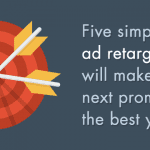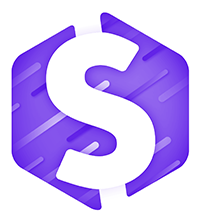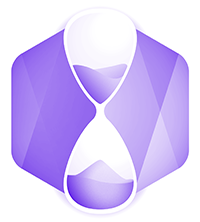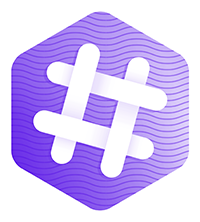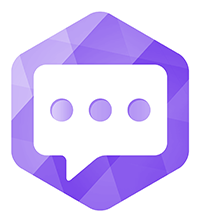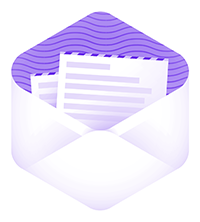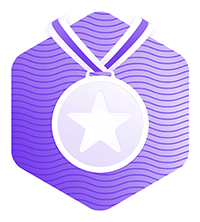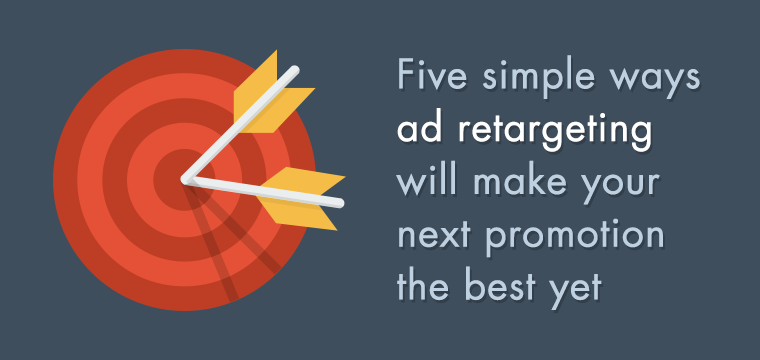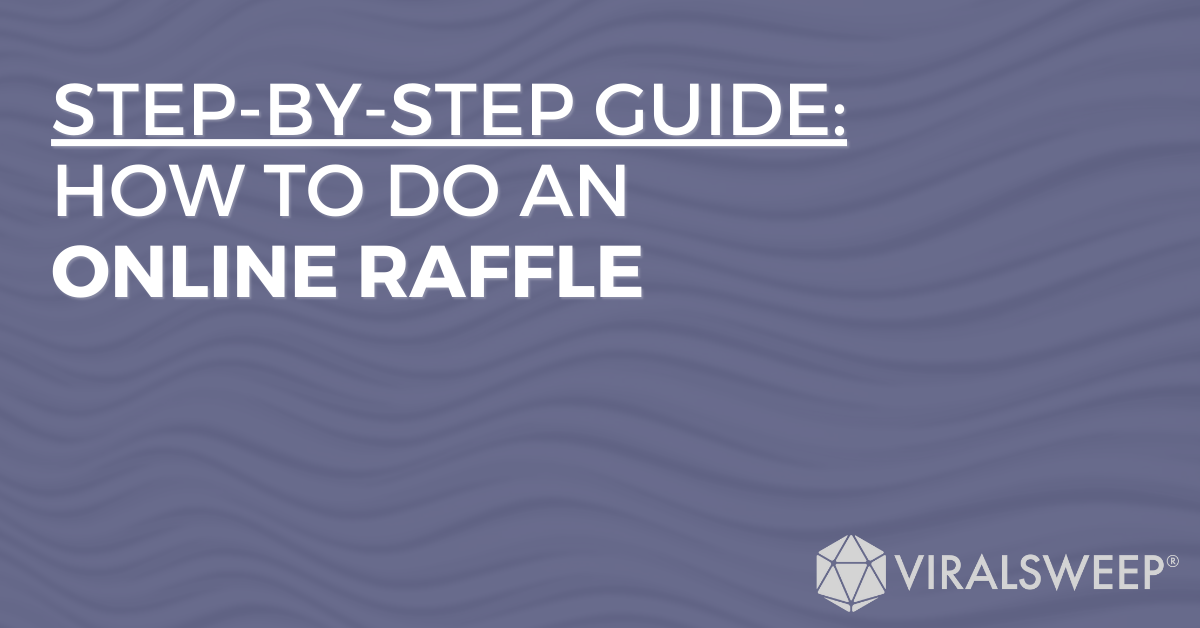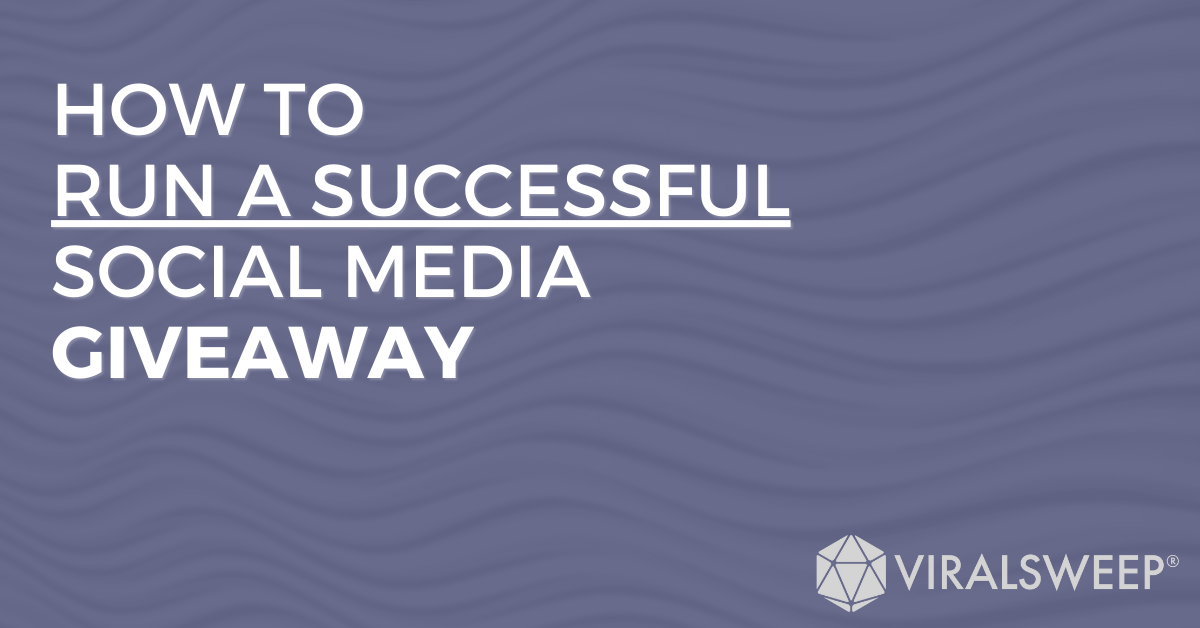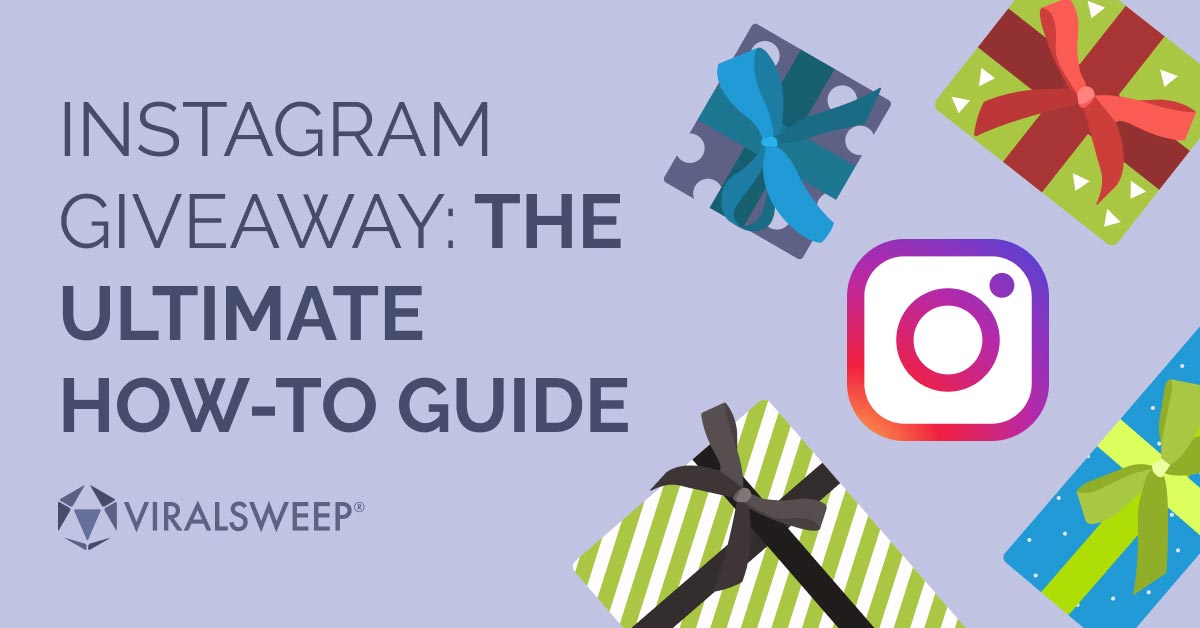Have you ever wondered why you keep seeing ads from companies that you visited days or weeks ago?
Whether you see them on Facebook or on other websites on the web, it’s like these companies are literally following you around everywhere you go, making the temptation to click on their ads even stronger—even if it’s just to see what it is that’s important enough to follow you around!
This is retargeting.
It can be one of the best ways to drive sales and increase revenue from people who may have visited your website but did not make a purchase or take action on their first visit.
However, constantly showing them ads over a period of time on sites that they are visiting helps remind them about your brand and can eventually lead to them taking action on your site, whether it is to make a purchase, sign up for your email list, or enter your giveaway.
How Does Retargeting Work?
Retargeting may seem like a confusing concept to set up and get running, but it’s actually very simple. You can have retargeting setup on your site by the end of this article.
Retargeting works by placing a script on the pages of your website provided to you by a 3rd party company like Perfect Audience or Adroll.
The script you place on your website will automatically create a list of people to retarget by placing an anonymous retargeting cookie in the browser of each visitor.
Whenever a new visitor comes to your site, the script will add a cookie to their browser, and they will get added to your retargeting list automatically.
When your visitors are browsing around the web, that cookie will tell your retargeting provider to serve ads on the sites that person visits when possible.
This is why retargeting is so powerful because you are only spending your money on serving ads to people who have already visited your website instead of showing your ads to random people who have never visited your site before.
Why Is Retargeting So Effective?
Here is a personal story that I can share to show you how retargeting can be effective. I’m in the market for a new casual watch as my current watch is getting worn out.
A few weeks ago, I was searching Google for a black watch with a black leather band. I looked at a few websites and saw a few watches that piqued my interest, but was just busy at the time and didn’t end up purchasing anything at that moment.
Technically, I was window shopping, as I wasn’t 100% sure which type of watch I wanted, how much I wanted to spend, and which brand I wanted to buy from.
A few days later, I started seeing these ads on Facebook:
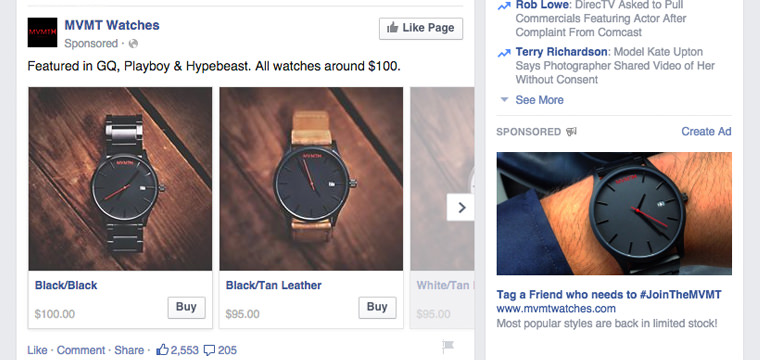

This is one of the brands whose website I landed on when I was doing my search. I couldn’t tell you at the time of my search which brands I looked at because I was quickly looking through several websites that I found on Google.
However, this particular brand is using retargeting, putting their product front and center on my Facebook feed, which has made me click their ad several times to check out their watches.
I’ve now been back and forth to their website several times and still have not made a purchase because I’m just not ready to pull the trigger yet.
I’ll be going on vacation in early July, and I’ll be pulling the trigger on a new watch then.
Since I’ve checked out this company so many times, I’ve grown to love this particular watch of theirs which I’ll be buying:


This is exactly how retargeting is designed to work. By showing the right ads to the right people time and time again, your brand gains more recognition and brings window shoppers like myself back by being ‘top of mind’.
Where Can I Show Retargeting Ads?
Retargeting can be used across several different platforms and devices using a retargeting provider like Perfect Audience or Adroll.
For example, through Perfect Audience you can retarget users on Facebook, Twitter, and through Google text ads and display ads.
You can even do cross-device retargeting, which means if someone visits your website on their laptop, and then they are browsing Facebook on their phone, you can show them your ad.
Retargeting Mistakes to Avoid
While there are many benefits of using retargeting, there can also be several drawbacks if your retargeting campaign is not implemented correctly.
1. Don’t forget to segment your audience
The first mistake you will want to avoid is not segmenting your audience when retargeting them. This means that instead of just having one segment of users inside of your retargeting provider, you will have multiple segments based on which page the user visited on your website.
For example, if you have an e-commerce site selling apparel and shoes, you do not want to show everyone the same ad if certain people looked at shirts and others looked at shoes.
To do this correctly, you would create product segments, where those who viewed your shirts would be placed into one segment, and those who viewed your shoes would be placed into another segment.
Each of those segments would have their own creatives associated with them so that you are showing people who looked at shoes an ad related to those shoes rather than showing them an ad related to your shirts.
2. Don’t retarget people who have converted
I see this mistake a lot—a company is running a retargeting ad, I purchase from them, and they are still retargeting me with the same ad to purchase again.
At this point, they are losing money because they are showing me an ad for something I have already purchased.
To avoid retargeting people who have already converted, you will create a retargeting list for anyone who visits your thank you page or whichever page you show them after they have converted.
Once they have converted, they will get added to this list, and you will then exclude this list from your retargeting, so these people do not see the same ads again.
Here is a great walk-through on how to accomplish this using Perfect Audience: Prevent Converted Users From Seeing Your Ads.
3. Don’t use multiple retargeting providers at the same time
If you’re new to retargeting, it can be overwhelming as there are several providers out there who will want your business.
It can be tempting to sign up for each of them to test them out at once, but this is something you should avoid because of the structure of how retargeting works.
Retargeting works using real-time bidding across major ad networks where your retargeting provider is bidding against other platforms for impressions.
If you are testing out multiple providers at the same time, your providers will be bidding for the same ad spots on the same websites, which will drive up your costs—you’ll effectively be bidding against yourself!
It’s best to use only one provider at a time to avoid skewed results and high ad costs.
4. Don’t neglect your creatives
While your retargeting provider will work to build up your retargeting lists and display your ads, they can only influence a small portion of your marketing funnel.
Just because you are retargeting, people does not mean that they will convert. You still need to put time into creating attractive and compelling ads that are branded, recognizable and have a clear call to action.
Don’t forget to rotate your creatives every few weeks or months and employ A/B testing wherever possible to see which creatives are performing best for you.
5 Reasons to Use Retargeting for Your Next Promotion
Now that you understand what retargeting is and what it can be used for let’s discuss how you can use retargeting with your promotions to target people effectively.
1. Capture those who bounce and those who enter
When running your sweepstakes or contest, you will probably get thousands of visitors who land on your page. Most of these visitors will bounce from the page, while the rest will enter your promotion.
This is the perfect opportunity to build retargeting lists based on the actions these people take when interacting with your promotion.
Through a provider like Perfect Audience, you can build two retargeting lists: one list to retarget people who land on the promotion page but do not enter and another list to retarget people who enter the promotion.
Once you have these two lists set up, you can then create ads based on these two user groups. For example, if someone saw the giveaway but did not enter, you may want to retarget them on Facebook with an ad enticing them to enter your giveaway.
On the flip side, if someone saw the giveaway and entered, you may want to target them with an ad to purchase your products or further share your giveaway.
2. Easily promote future promotions
Once you have a retargeting list built up of people who visited your promotion page, you can easily retarget all of these visitors in the future when you launch new sweepstakes or contests or even a new product.
Why would you want to spend money retargeting these people to enter another promotion?
For one, it helps to build brand loyalty and affinity, especially if some of these people have not purchased from you yet.
Second, these people will seed your next promotion by entering and sharing the promotion with their friends for more entries, which brings in new customers that you can retarget.
3. Convert losers into winners
When your promotion ends, there will usually only be a few winners depending on your prize, while thousands of people can be left in the dust.
This is the perfect opportunity to show retargeting ads to everyone who did not win by offering a simple consolation prize like a discount or coupon for a % off their next purchase.
Since these people know that they entered your promotion, this type of ad will resonate with them because they’ll recognize that they did not win the prize, but can take you up on your consolation prize that is offered through the ad.
4. Increase the ROI of your sweepstakes and contests
Many people who run sweepstakes and contests enjoy the fact that they can quickly build up an email list, but are frustrated when their first email blast to these people doesn’t have them drowning in sales.
The fact of the matter is, you have to treat entrants from your giveaways like any other potential customer; it takes time to convert them into paying customers.
Since you will likely have thousands of people on your retargeting list from your giveaway, these are the perfect people to target with ads in order to drive future sales.
In essence, since these people have already come across your brand through the promotion, the ROI you see from them should be higher than the ROI you would see from showing ads to people who have never heard of your brand before.
Of course, this all depends on your audience, your ads, your product, and how you are marketing to them.
5. Get more entries and reach more customers with lookalike audiences
Facebook allows you to create custom audiences, which lets you target customers you already know with ads on Facebook.
This is done by simply uploading a list of email addresses or phone numbers, and Facebook will deliver your ad to them if they are on Facebook.
You can also create custom audiences from your website. This is a great way to create custom audiences using email addresses you collected from your promotion or by creating a custom audience of those who visited the landing page of your promotion.
To make an even larger impact, you can create a lookalike audience to target even more Facebook users.
A lookalike audience helps you reach new people because Facebook will analyze the people on your list and show your ads to people with similar interests—i.e.: lookalikes.
This can be very powerful for brands that are just hitting their stride and want to explore their market further.
You can apply lookalike audiences in a few different ways using your giveaways:
- Create a custom audience on Facebook by uploading the email addresses of all your giveaway entrants. Then allow Facebook to create a lookalike audience based off of these people.
- Target your lookalike audience to entice them to enter your promotions or purchase your products.
So what’s the takeaway?
If you’re not using retargeting yet, you should get started today.
Keep in mind that many people are visiting your website, looking at your products, or entering your promotions. You should be capturing all those people in one way or another because they have shown some level of interest in your business.
Every piece of data that you can leverage is important.
Want to run sweepstakes alongside your next retargeting campaign? Sign up now for ViralSweep.

